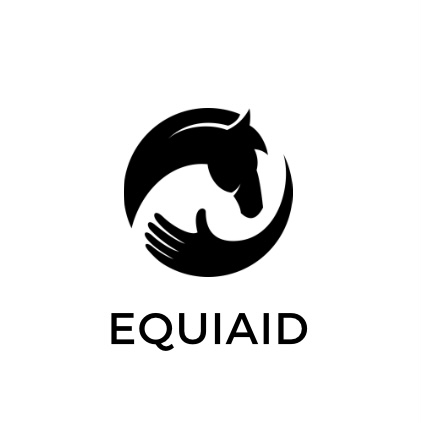An Equine First Aid Kit typically contains a variety of items that are essential for treating minor injuries and providing initial care to a sick or injured horse. Here are some common items that you might find in an Equine First Aid Kit:
- Bandages and wraps: These are used to protect and stabilize a horse’s legs or other body parts that may be injured.
- Gauze pads and cotton rolls: These are used for cleaning wounds and applying medication.
- Antiseptics: These are used to clean and disinfect wounds, such as hydrogen peroxide, betadine, and chlorhexidine.
- Scissors: These are used to cut bandages and other materials as needed.
- Thermometer: This is used to measure the horse’s temperature in case of fever or illness.
- Digital pulse meter: This is used to monitor a horse’s heart rate in case of injury or illness.
- Pain relief medication: This is used to alleviate pain and inflammation in case of injury.
- Electrolyte paste or powder: This is used to help restore electrolyte balance in case of dehydration or exhaustion.
- Hoof pick: This is used to clean the horse’s hooves and check for any signs of injury or infection.
- Tourniquet: This is used to stop bleeding in case of severe injury.
It’s important to note that the contents of an Equine First Aid Kit may vary depending on the individual needs of the horse and the owner’s preferences. It’s also important to regularly check the expiration dates of the items in the kit and replace them as necessary to ensure that they are effective when needed.
Normal Vitals Signs for a Horse
Adult
- Temperature | 99-101°F (37.2-38.3°C)
- Pulse | 28-44 beats per minute
- Respiration | 10-24 breaths per minute
- Mucous membranes | Moist, healthy pink color
Newborn
- Temp 99.5-102.1°F (37.5-38.9°C)
- Pulse
- 80-100 BPM
- Resp 20-40 BMP
- Mucous Membranes | Moist, healthy pink color
How to Check Your Horse’s Vital Signs
- Temp was taken rectally
- Resp – count breaths for 15 seconds multiply times 4 for breaths per minute.
- Pulse count pulse for 15 seconds multiplied by 4 for BPM
- Skin pinch for hydration check, pinch skin on neck and let go, it should quickly snap back to the muscle, if the skin stands up off the muscle without snapping back, or is slow to recover your horse may be dehydrated.
Available kits can buy online:
basic care Digital assistant discomfort EquidAid equine behavior Equine care equine science exercise happyhorse hoof care horse behavior horse care Horse care 101 horse health horse healthcare horse welfare Leg injury Pasture Management riding weekly exercise plan
Rate this post:
Latest posts:




